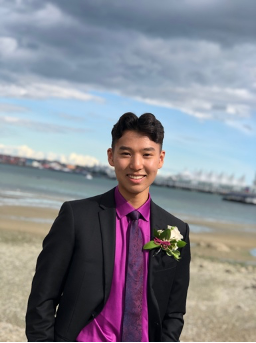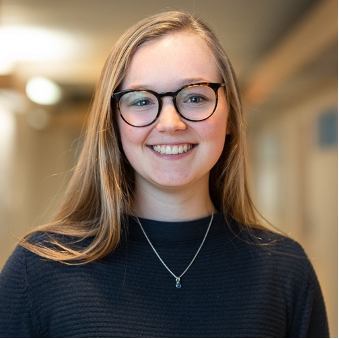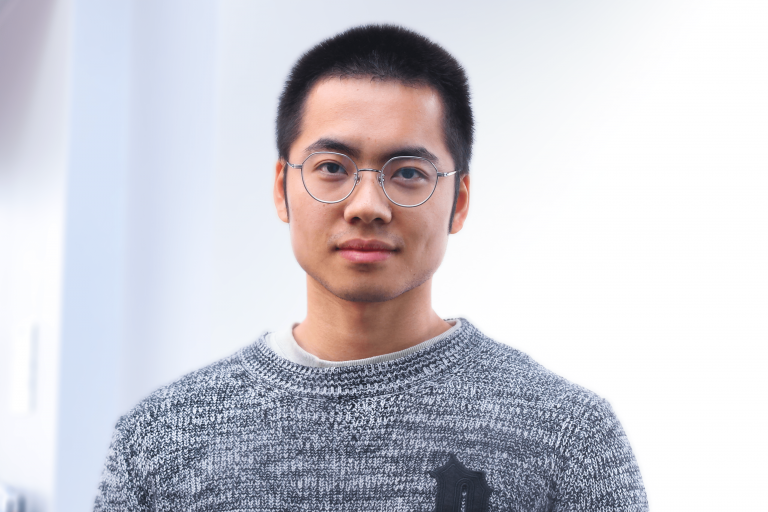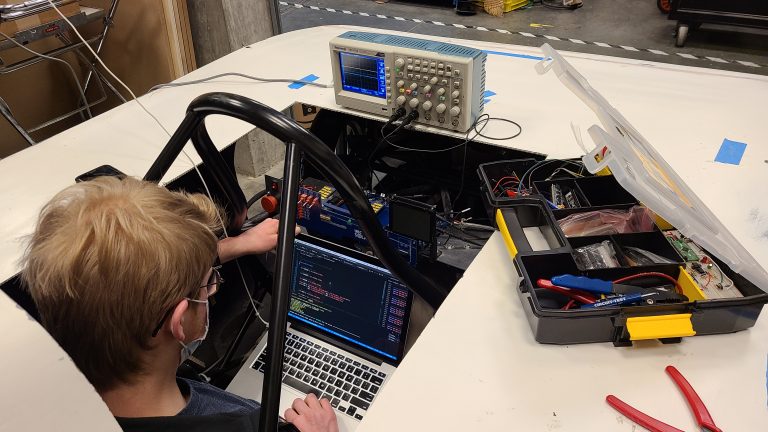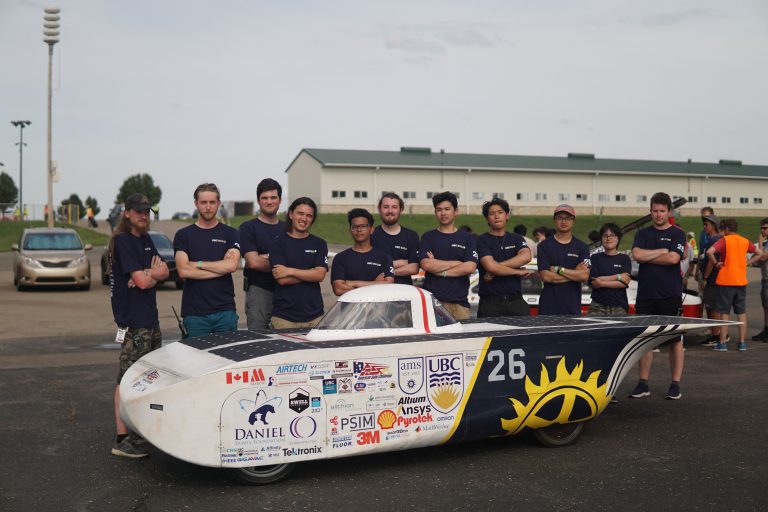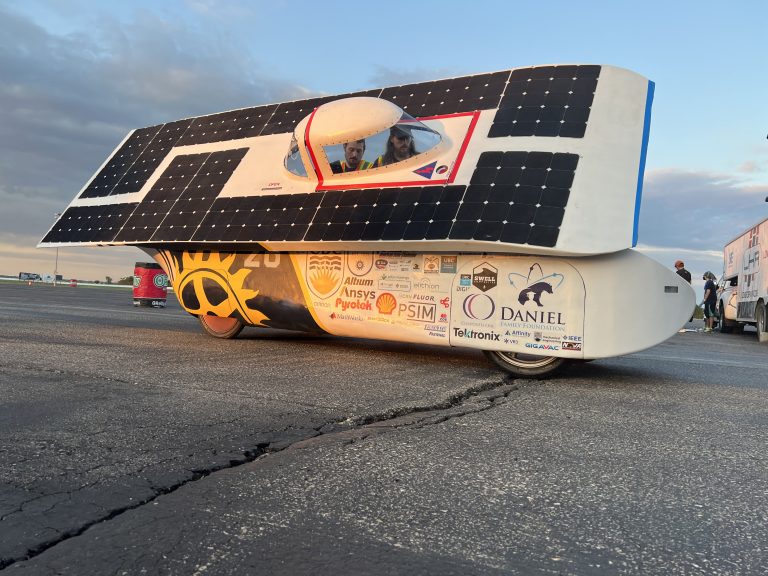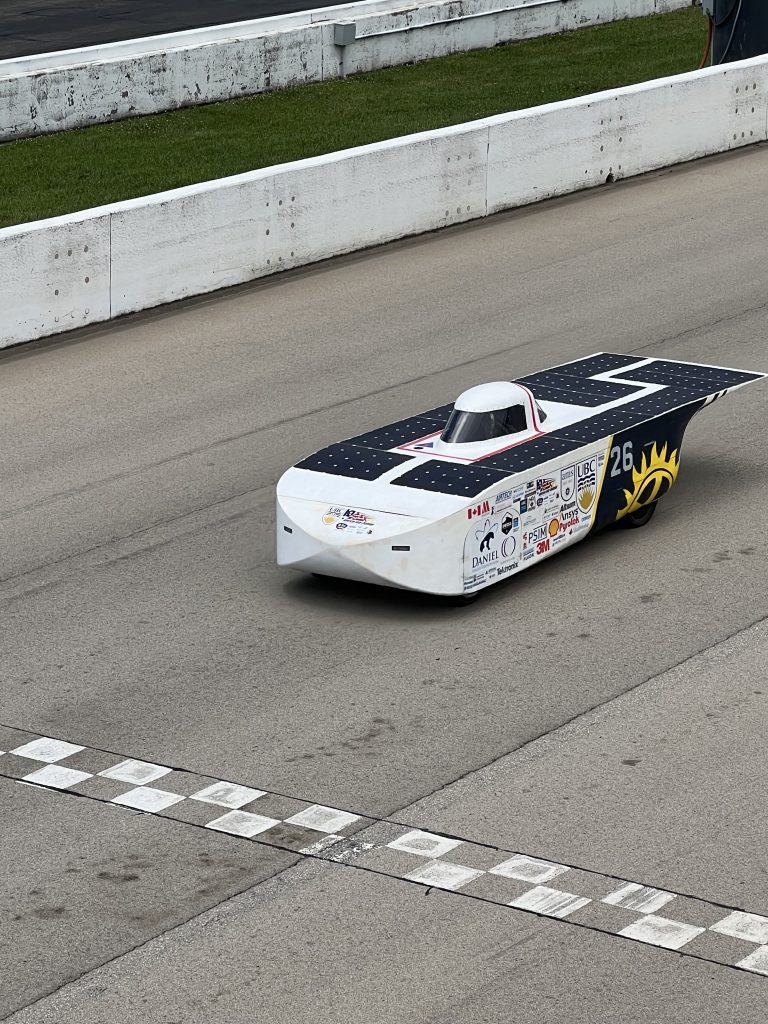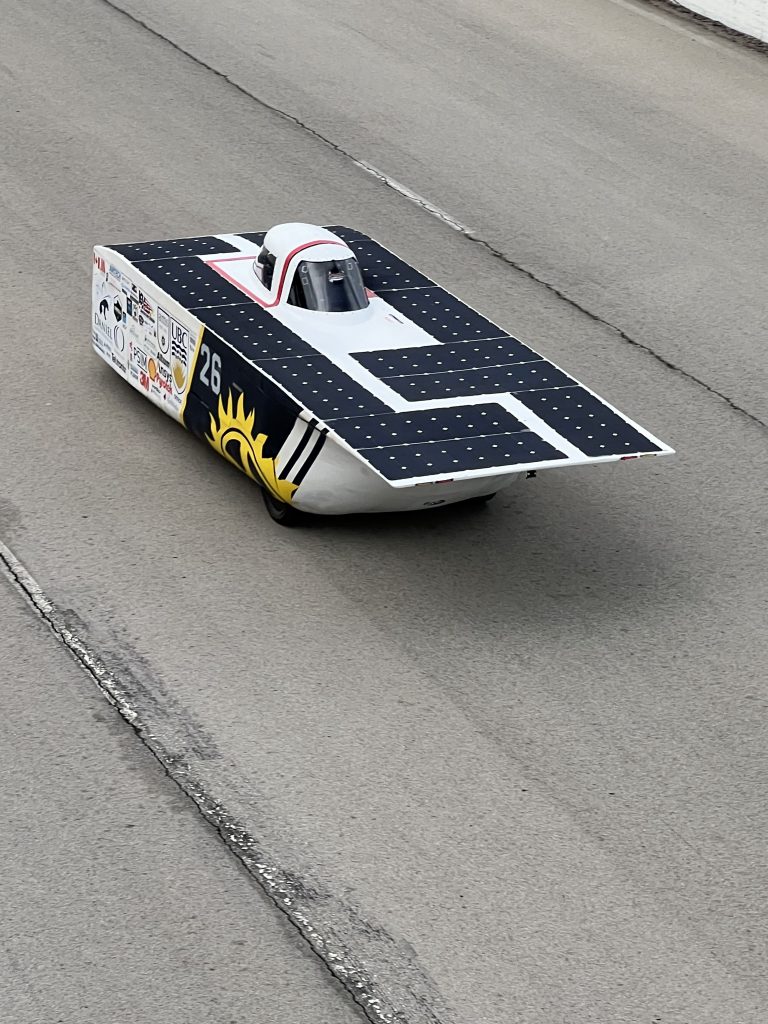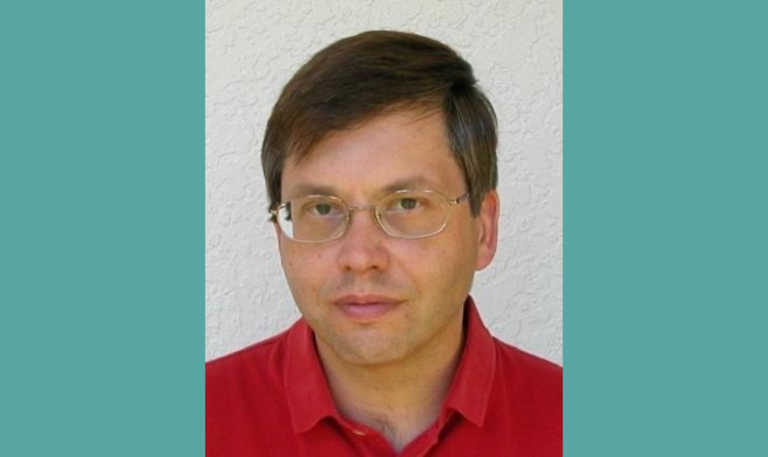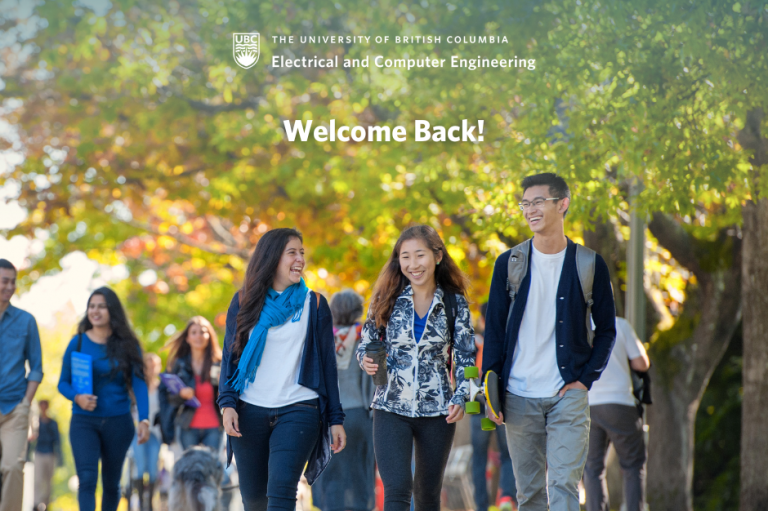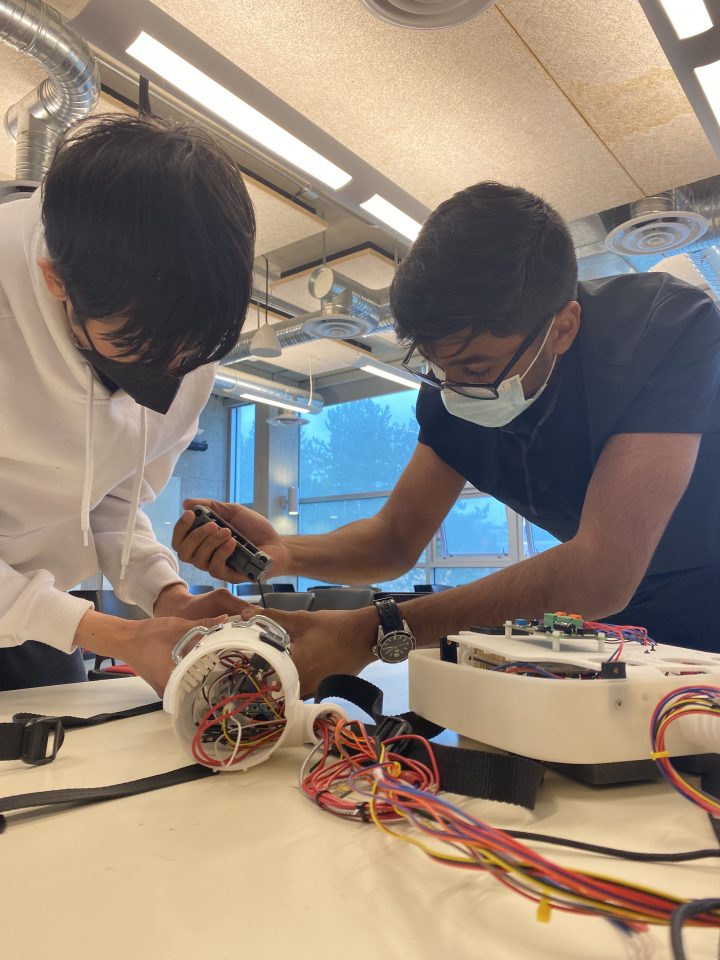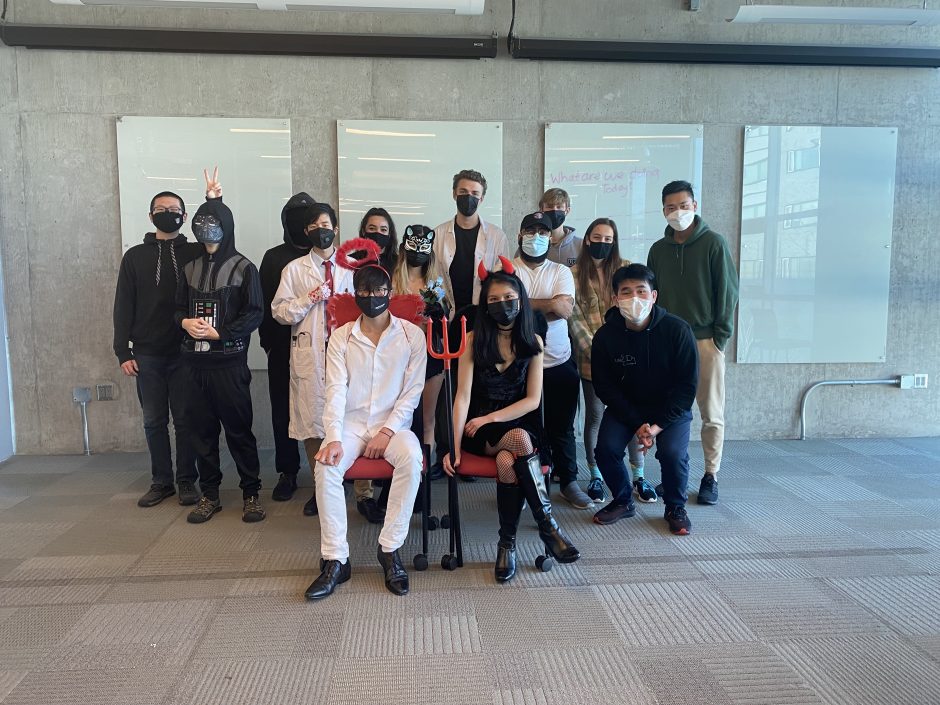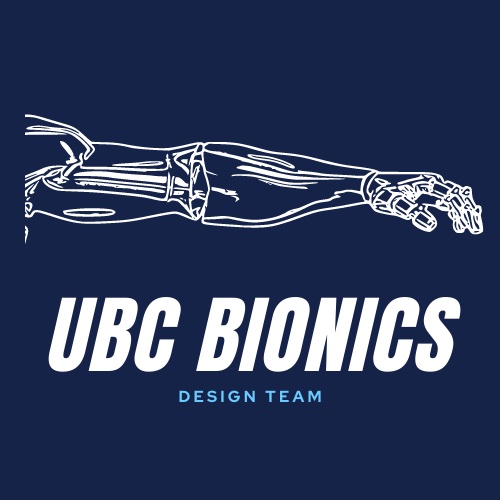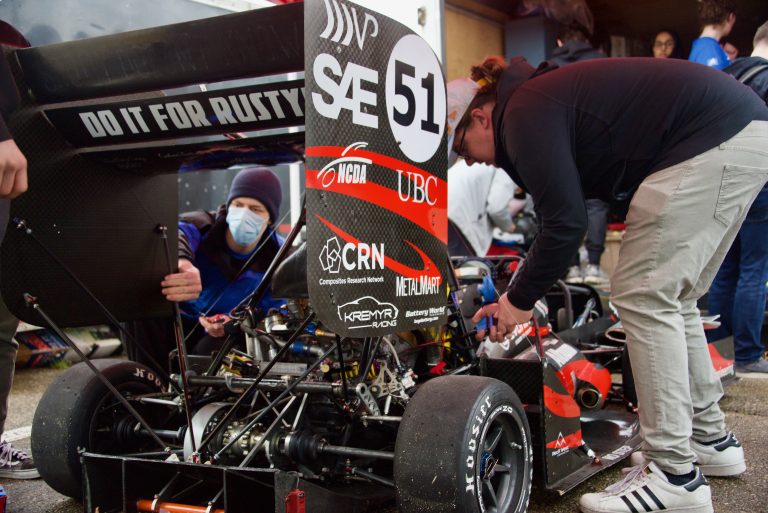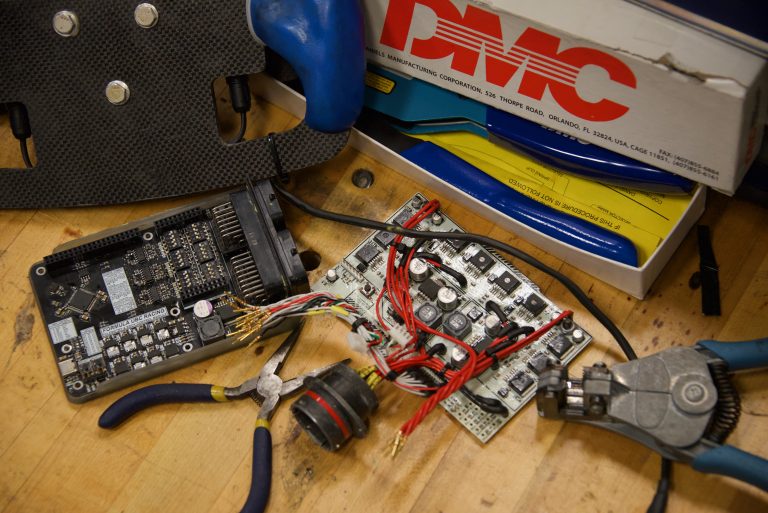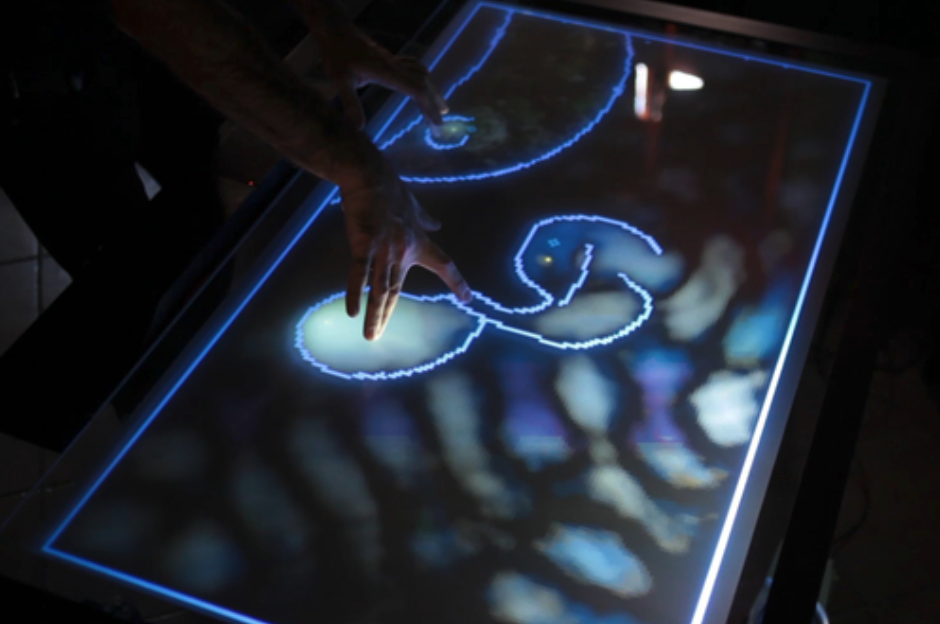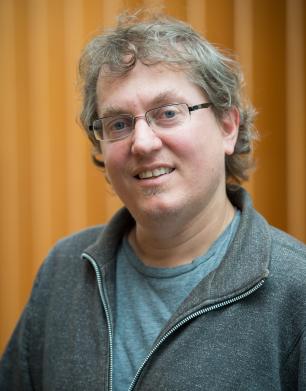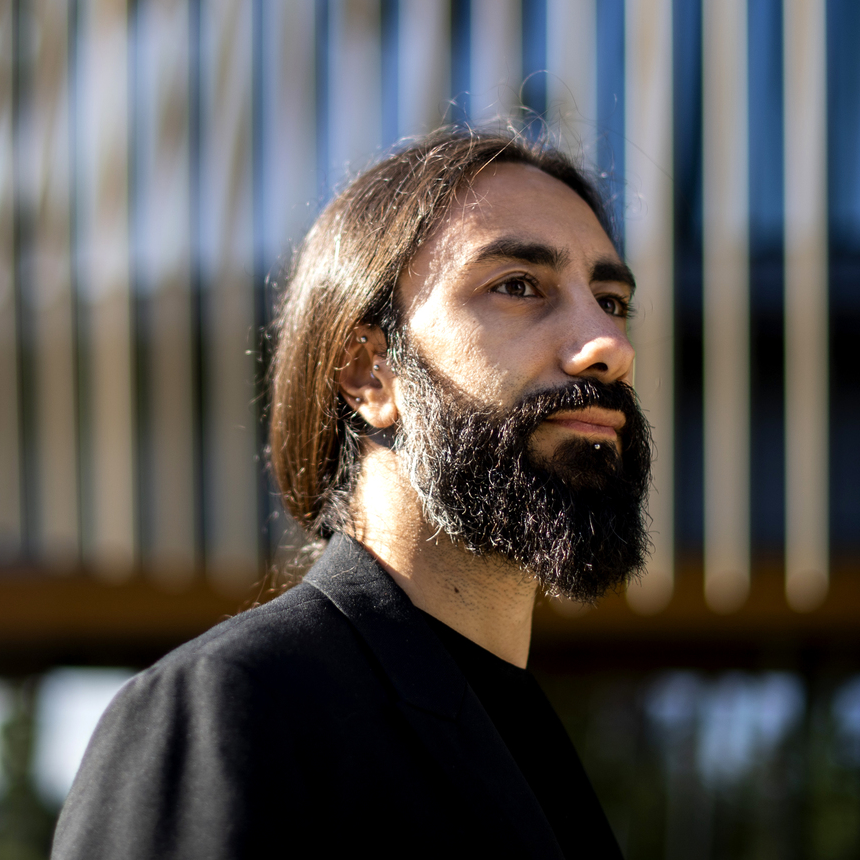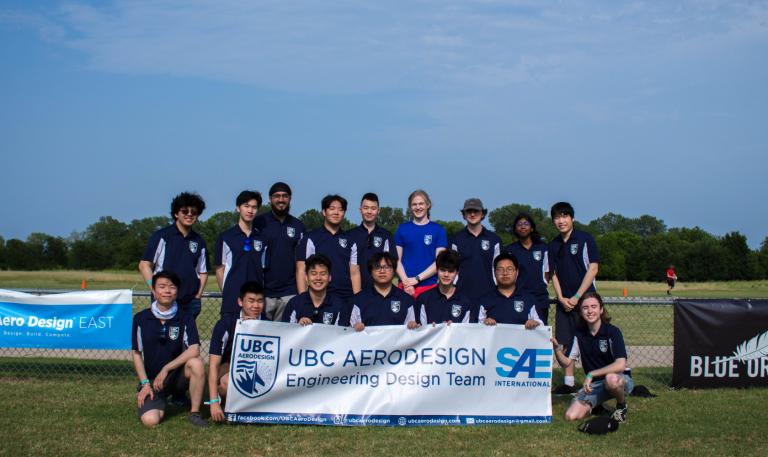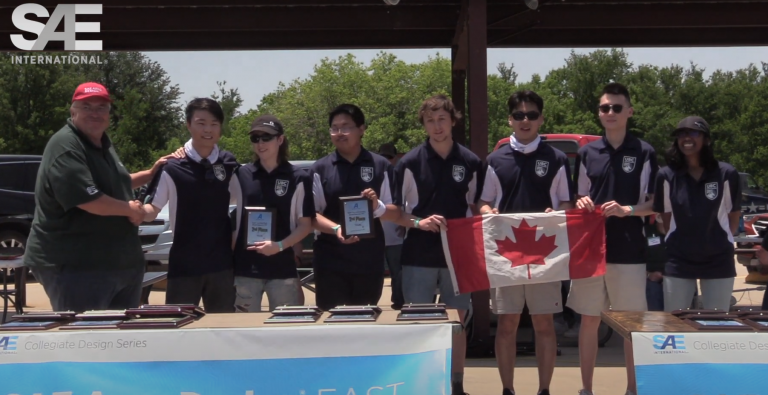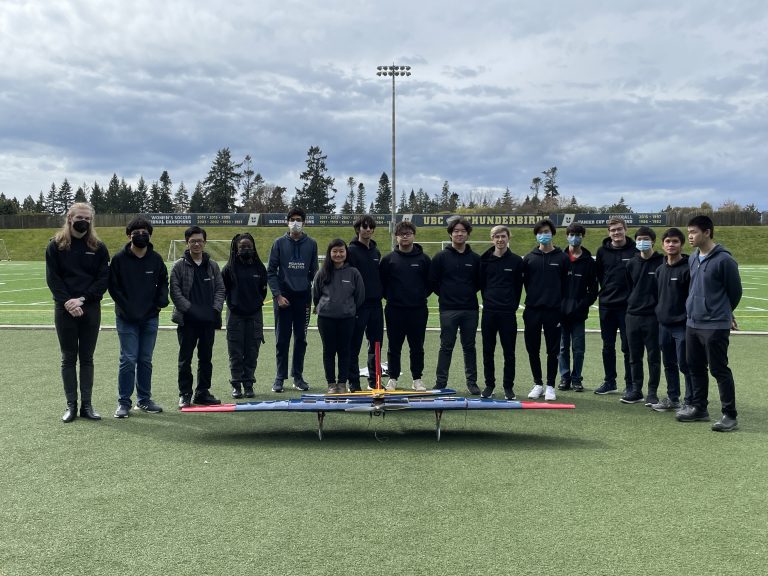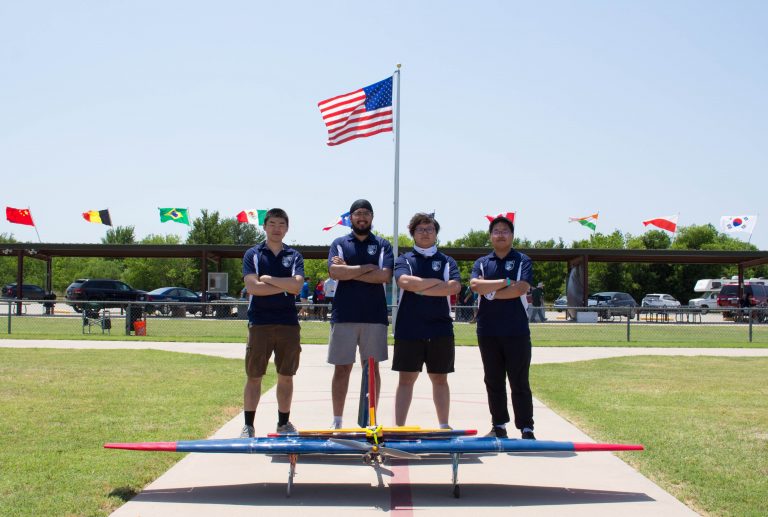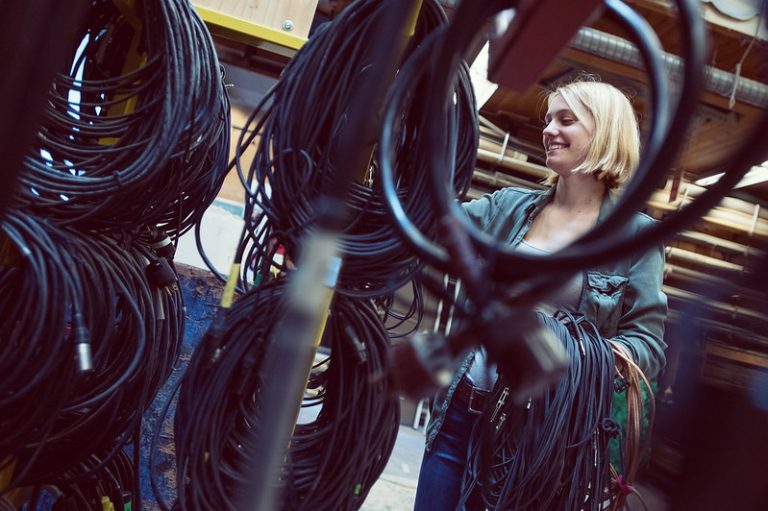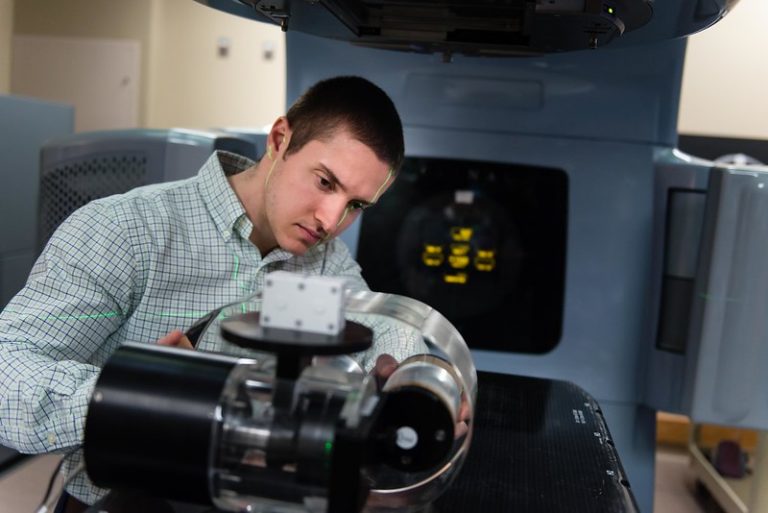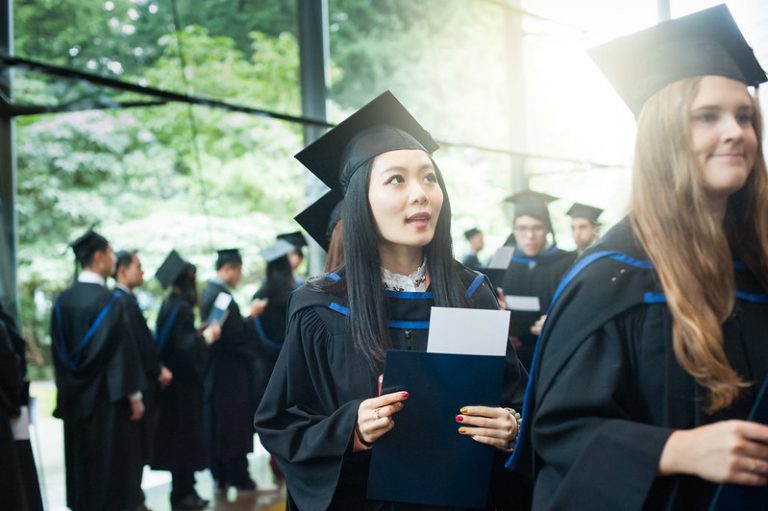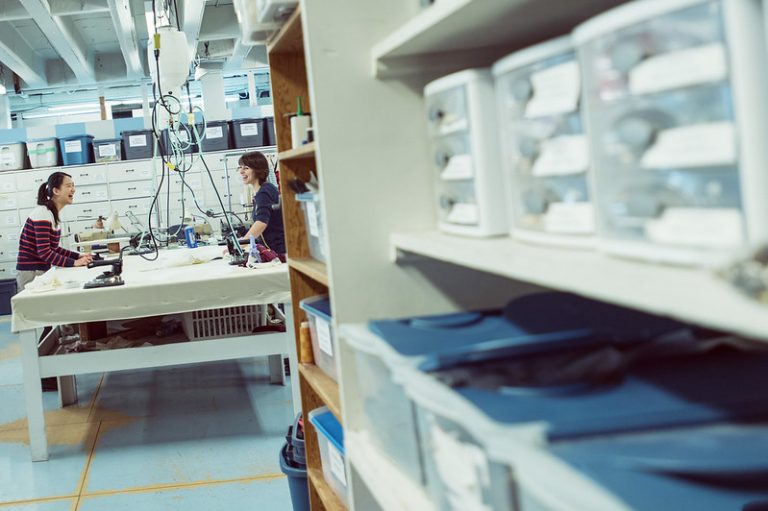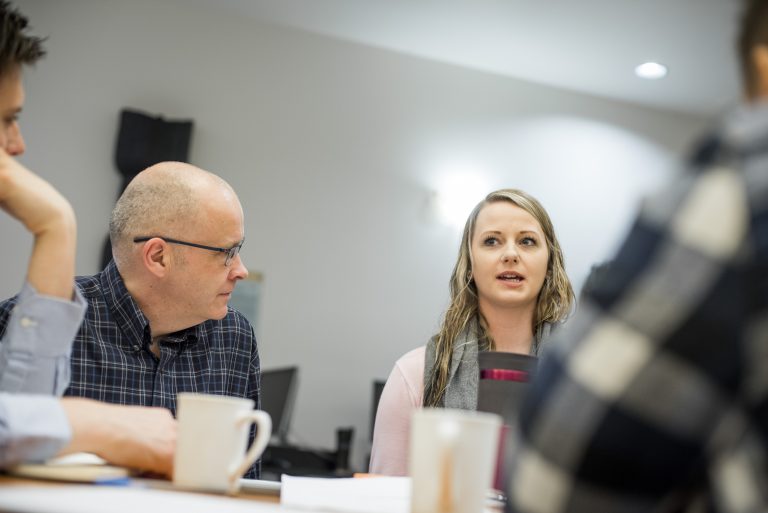UBC AeroDesign (UBCAD) is an engineering student team founded in 1992. Each year, the team designs and builds a fixed-wing electric-powered remote-control aircraft to compete in the SAE Aero Design competition series. UBCAD’s mission is to allow students to engage with a real-world problem in the field of aerospace, providing them with the opportunity to develop their engineering skills in a team environment. From aerodynamic and structural analysis, to propulsion and controls simulation, to machine learning and computer vision, UBCAD does it all!
ECE has had the opportunity to interview Simon Jobst, Tony Wang, and Bryson Wu from UBCAD. Read on to learn more about the team and their work!
How many students are on your team, and what are the different areas/departments your teammates are from? What year-levels are represented? (Simon)
UBC AeroDesign currently has 53 members, belonging to the Departments of Mechanical, Electrical, Engineering Physics, Integrated, and Materials Engineering. Each year we recruit 10-15 new members from a wide range of disciplines and year levels to join our team. We are proud to have a wide range of year-level representation on our team, ranging from first-year to final-year students, allowing for technical mentorship for more junior members.
What specifically are ECE students involved in on your team? In other words, what can an ECE student expect to be working on by joining the team/why would an ECE student want to join? (Bryson)
ECE students typically choose to work on the avionics (aircraft electronics and software) for our primary aircraft and for a smaller drone that deploys from the Advanced Class
primary aircraft. Avionics work can include:
● Machine learning/computer vision models for target identification and navigation planning
● Embedded programming for aircraft sensing and control
● Full stack programming for data visualization, target verification, and telemetry reporting
● Power supplies sizing/optimization that drive our electric motors and electronics
Additionally, if interested, ECE students have an equal opportunity to learn aircraft and mechanical design techniques!
Have there been any accomplishments that you and your team are most proud of? What are they? (Simon)
Over the past 30 years, our team has competed in the annual SAE Aero Design competition against top universities all over the globe, including schools from the USA, Poland, India, China and many more We placed in the top five 15 times over the years, and placed first in the design component during the virtual competitions in both 2020 and 2021.
During our most recent 2021-22 design season, we designed 3 aircraft and cumulatively manufactured 11 prototypes. Revamping to full-scale capacity and in-person work after the 2 year suspension of physical prototyping was a huge logistical accomplishment that all of us at UBC AeroDesign are
exceptionally proud of!
Moreover, we are proud to announce the following results from the 2022 SAE Aero Design East event held in Fort Worth, Texas between May 20-22, 2022:
● UBC AeroDesign Regular Class: 10th place overall (of 22 teams), with a 2nd place design report and 2nd place technical presentation, and
● UBC AeroDesign Advanced Class: 5th place overall (of 18 teams), with a 6th place design report and 9th place technical presentation.
How does being part of a student team enhance your experience at UBC and in the ECE department? (Bryson)
You create cool things from scratch with raw engineering creativity. You make friends that you can rely on and geek out with. Perhaps more tangibly, being a part of UBC AeroDesign has helped me understand the “why” behind our engineering curriculum and exposed me to an industry-like engineering process outside of our coursework. Many of us on UBC AeroDesign have also found that nothing pushes away imposter syndrome as effectively as seeing our work take flight.
Do you feel that your experience on the team is helping you prepare for life after university/in your career? How so? (Simon)
UBC AeroDesign has excellent potential to prepare you for life after university and career eligibility. We are proud to offer excellent co-op placement mentorship opportunities, and provide each other connections to well-established and reputable employers (e.g. Dometic, Seaspan, Kardium, Tesla, General Fusion, etc.). Moreover, attending competition allows members to connect with competition sponsors, such as Blue Origin, Lockheed Martin, Skunk Works, and Siemens. Being a member of UBC AeroDesign extends far beyond simply being part of a design team; you join a group of motivated individuals that support each other every step of the way!
What would you say to someone who is considering joining your team? Why would you recommend someone to join? (Tony)
Design team experience is extremely valuable for any aspiring engineer, but also makes you stand out when applying for co-op positions. A design team is essentially a technical club, targeted toward engineering students. You are able to meet numerous talented students and alumni, learn about engineering design, and develop skills as a person. There are so many design teams to choose from, and I would say to choose one not just based on reputation, but to choose a team that designs something you are truly passionate about. Even though AeroDesign consists of over 50 members, every person’s contribution to the team directly impacts the aircraft we send to competition, so your work is just as valued as a team lead’s work!
How can others join the team or get in touch with you if they are interested in learning more? (Tony)
If you are interested in learning more about UBC AeroDesign, we host live information sessions at the end of August and in the beginning of September (Imagine Day, etc.). You are welcome to reach out to us there, or on social media:
Website: https://ubcaerodesign.com/
Facebook: https://www.facebook.com/UBCAeroDesign
Instagram: https://www.instagram.com/ubcaerodesign/
LinkedIn: https://ca.linkedin.com/company/ubc-aerodesign
Feel free to also email us at ubcaerodesign@gmail.com to learn more about the team, or recruitment.ubcaerodesign@gmail.com if you’re more specifically interested in joining the team!
Simon Jobst is a third-year mechanical engineering student specializing in the aerospace option. Simon is the Regular Class Airfoils lead (focus on aerodynamics, mechanical structures, and electromechanical system integration) and sponsorship lead. He intends to pursue a career in either the aerospace or HVAC industry.
Bryson Wu is a 3.5th year ELEC student and leads UBC AeroDesign’s Advanced Class group. While he would love to work on aircraft systems after graduating, he is also interested in software engineering, mechatronics, and hardware design in non-aviation contexts. UBCAD is looking to expand the electrical engineering work they do on the team. If interested, contact Bryson through his social media platforms or at brysonwu@icloud.com.
Tony Wang is a student in the department of Mechanical Engineering heading into his 3.5th year under the aerospace specialization. He has been on UBC AeroDesign for 2 years, where he is the Regular Class Fuselage Structures Lead and Marketing Lead. He has loved airplanes since he was young, and has developed a stronger appreciation for the design and build of an airplane through being on UBCAD. Tony is looking to focus on aircraft design as a career, but is open to many other industries, particularly in the automotive/EV industry. He has two more co-op terms to complete before graduating, and is looking forward to working in different industries to figure out what he would like to do in the future.

